Michelangelo, the iconic artist and Ninja Turtle, was the Regina George of his day.
The epitome of the Renaissance artist– sculptor, architect, painter, poet, jack-of-all-trades, Michelangelo di Lodovico Buonarroti Simoni–was born on March 6, 1475 to a family of minor nobility in Florence. He began his career relatively late at 13, apprenticed to Domenico Ghirlandaio. He blended Classical antiquity with Florentine tradition, and is perhaps best known for his expressive faces as well as his nudes that displayed his deep understanding of the male anatomy. Florence was politically unstable at the time, so Michelangelo was a nomad, moving from Bologna to Rome back to Florence and then back to Rome.
His big break was his Pietà, commissioned by Cardinal Jean de Bilhères shortly after he arrived in Rome, featuring a youthful Virgin Mary with thighs thick enough to rival the Kardashians (and support the weight of the crucified Christ). Soon after he returned to Florence to create another one of his iconic pieces, David. Originally meant for the roof of the Florence Cathedral, the statue was so well-recieved that it was placed instead in the public square in front of the Palazzo Vecchio, in the Piazza della Signoria.
After its completion, he was given a commission for Battle of Cascina for the Palazzo Vecchio, showcasing his command of anatomy, opposite Leonardo da Vinci's Battle of Anghiara, beginning a feud between the two artists. Like any good rivalry, they took it to the streets, with Michelangelo taunting Leonardo for not completing a horse statue in Milan. Leonardo took a more passive approach, leaving for France once he couldn’t take Michelangelo’s bullying and delivering first-degree burns insulting the “wooden” qualities of Michelangelo’s painting...in his diary.
A continuous patron in his later years was the papacy, especially Pope Julius, who commissioned his next and perhaps best known work–the Sistine Chapel ceiling frescoes including the Creation of Adam and the Last Judgement. Michelangelo was less thrilled about the commission, believing that it was a plot between his rivals Raphael and Bramante to divert him from sculpting into a medium where they thought he would be less successful. Vasari, the first art historian and author of the Renaissance burn book "The Lives of the Artists," attributed the success of the frescoes to the envy of Michelangelo’s contemporaries. He described Michelangelo’s genius saying, “He who bears the palm of both the living and the dead, transcending and eclipsing all others, is the divine Michelangelo Buonarroti, who holds sovereignty of not merely one of these arts, but of all three altogether," and beating his competition with a “crisis of perfection”.
If Michelangelo was the Regina George and Vasari the Gretchen Weiners stroking his ever-growing ego, Sebastiano Luciani was the Karen Smith of the Renaissance. Michelangelo hated painting, especially oil. He called it “false and artificial," dubbing it the medium of the laziest artists. However, after the Sistine chapel ceiling frescoes, there came a new pope, Leo X, who preferred Raphael’s painting. Michelangelo refused to paint, but could not let go of his competitive nature, and so hired young Venetian painter Sebastiano Luciani to do it for him.
Besides the visual arts, Michelangelo was also gifted in sonnets, the rhyme scheme of love. (And sometimes agony in the case of the sonnet he wrote about the pain he endured in the creation of the Sistine Chapel ceiling frescoes.) There were two main muses who inspired his prose, Tommaso Cavaleri, a young Roman aristocrat, and Vittoria Colonna, a pious widow.
Middle-aged Michelangelo’s love for twenty-something Tommaso transcended pen and paper, and he is thought to have inspired his drawings of Ganymede and Tityos. Ganymede, a beautiful boy captured by Jupiter to become one of his cupbearers, embodied spiritual love, while Tityos, a giant caught trying to seduce Latona (mother of Apollo and Diana) and punished by being chained to a rock and having his intestines repeatedly eaten out, embodied carnal. It is unclear whether Michelangelo and Tommaso’s relationship was platonic or sexual, as there is speculation that Michelangelo was homosexual (a trait perhaps present in his passion for depicting nude male bodies).
His love for Vittoria was the complete opposite. She was also younger than the artist, but she wore the pants in the relationship. Although she was devout and ascetic, she was also self-assured and charismatic due to her aristocratic upbringing and her establishment in the intellectual circles of Ischia and Naples. She was a poet herself, mostly of spiritual poetry, and heavily involved with the reform movement. She often wrote of reform doctrine and was known for her piety and virtue. She thought highly of Michelangelo's work, but in her mind, Jesus was higher. She just wasn’t that into him and in her last letter, she responded that she had not replied to all of his letters due to her duties at the convent and that he should be less neglectful of his to the pope.
His last project was St. Peter’s Basilica. The project was originally given to Bramante, but with the upheaval of the papacy, money was short and production was halted. Michelangelo was made chief architect, updating Bramante’s design and construction progressed. Ultimately it was too slow and he died before its completion.












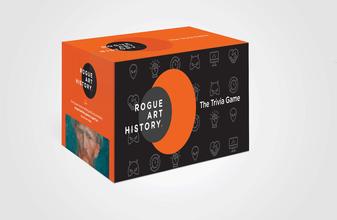





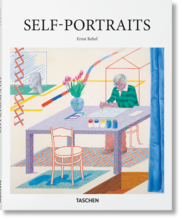
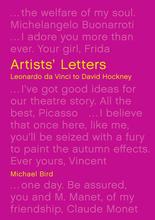

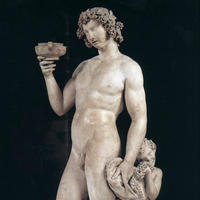





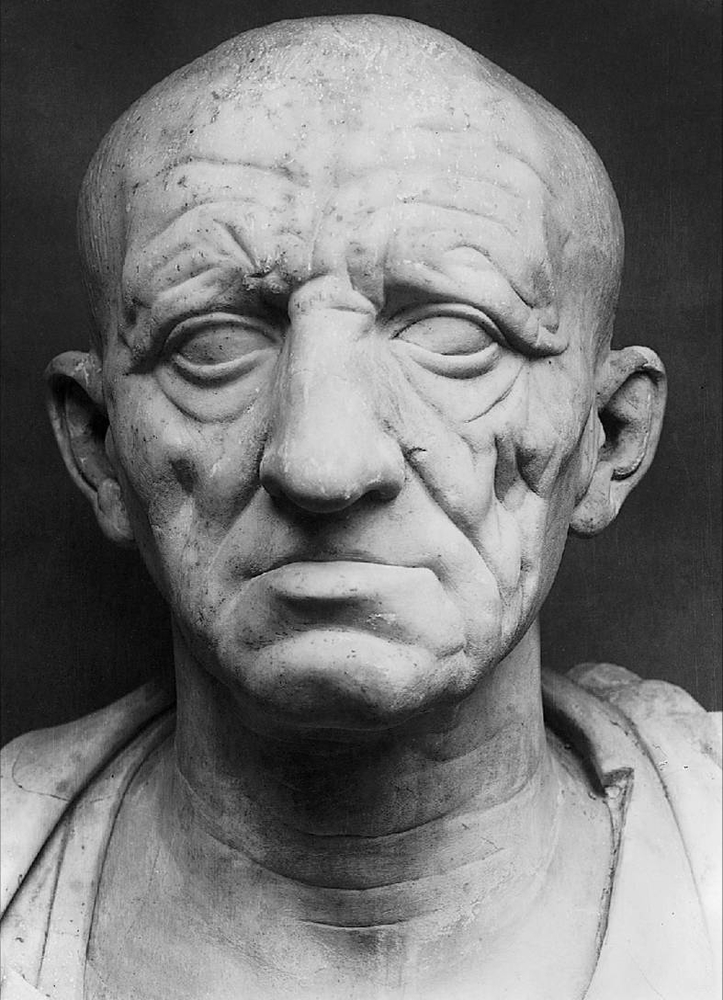












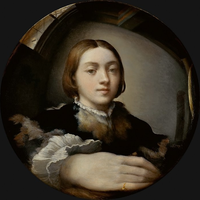
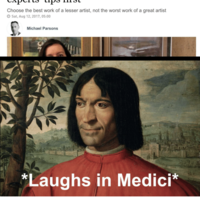
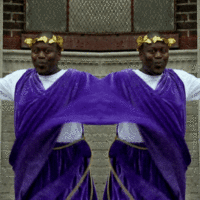
Michelangelo is probably one of the most well-known and creative artists during his time in the Renaissance Era. His sculpture skills and his courageous works has set him apart from other artists in the era because of his sculptures of biblical figures like David. His sculpture of David is one of his most famous arts in history because it connect the roots of his belief as a Christian and how he really adored the Bible.